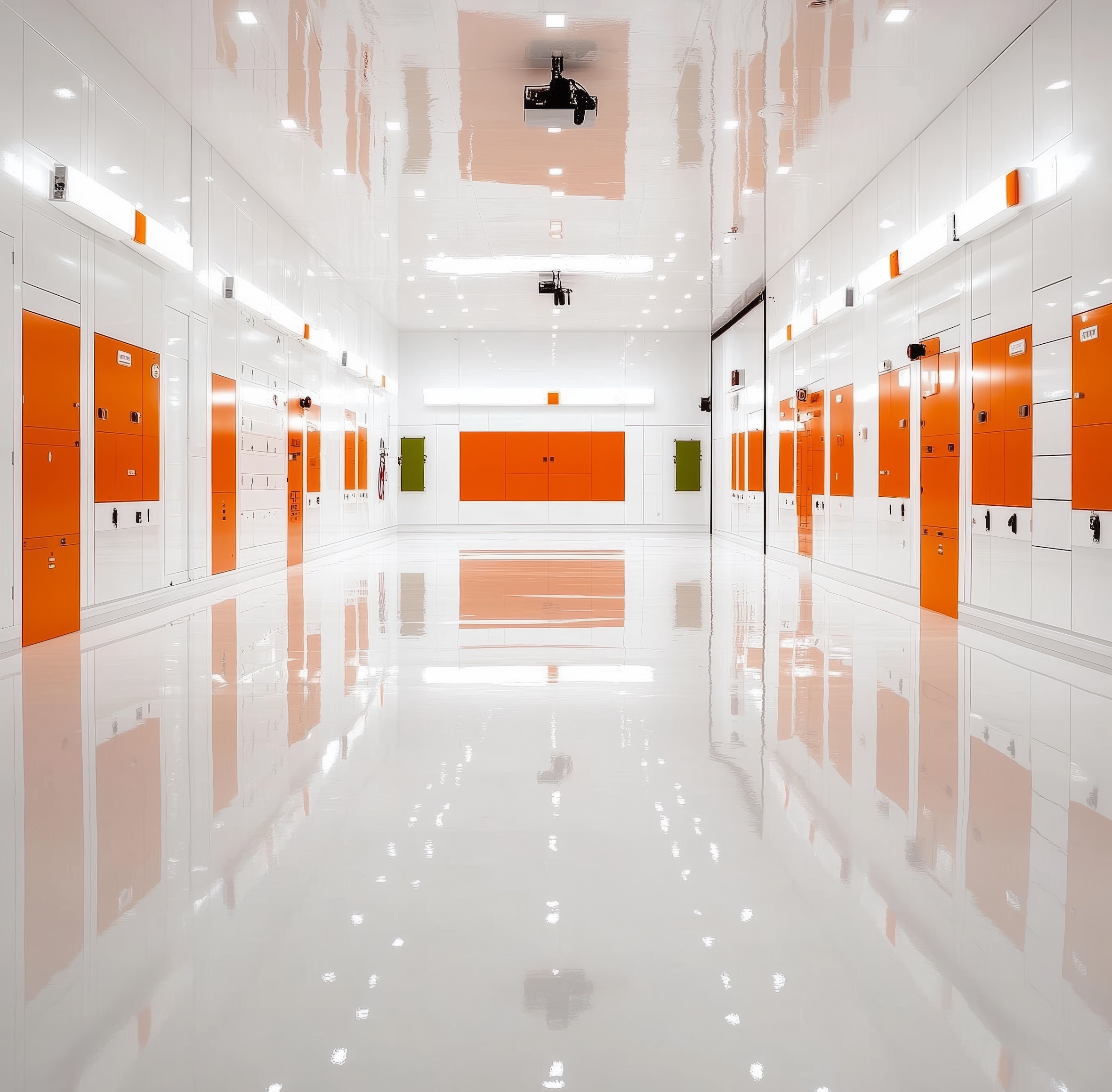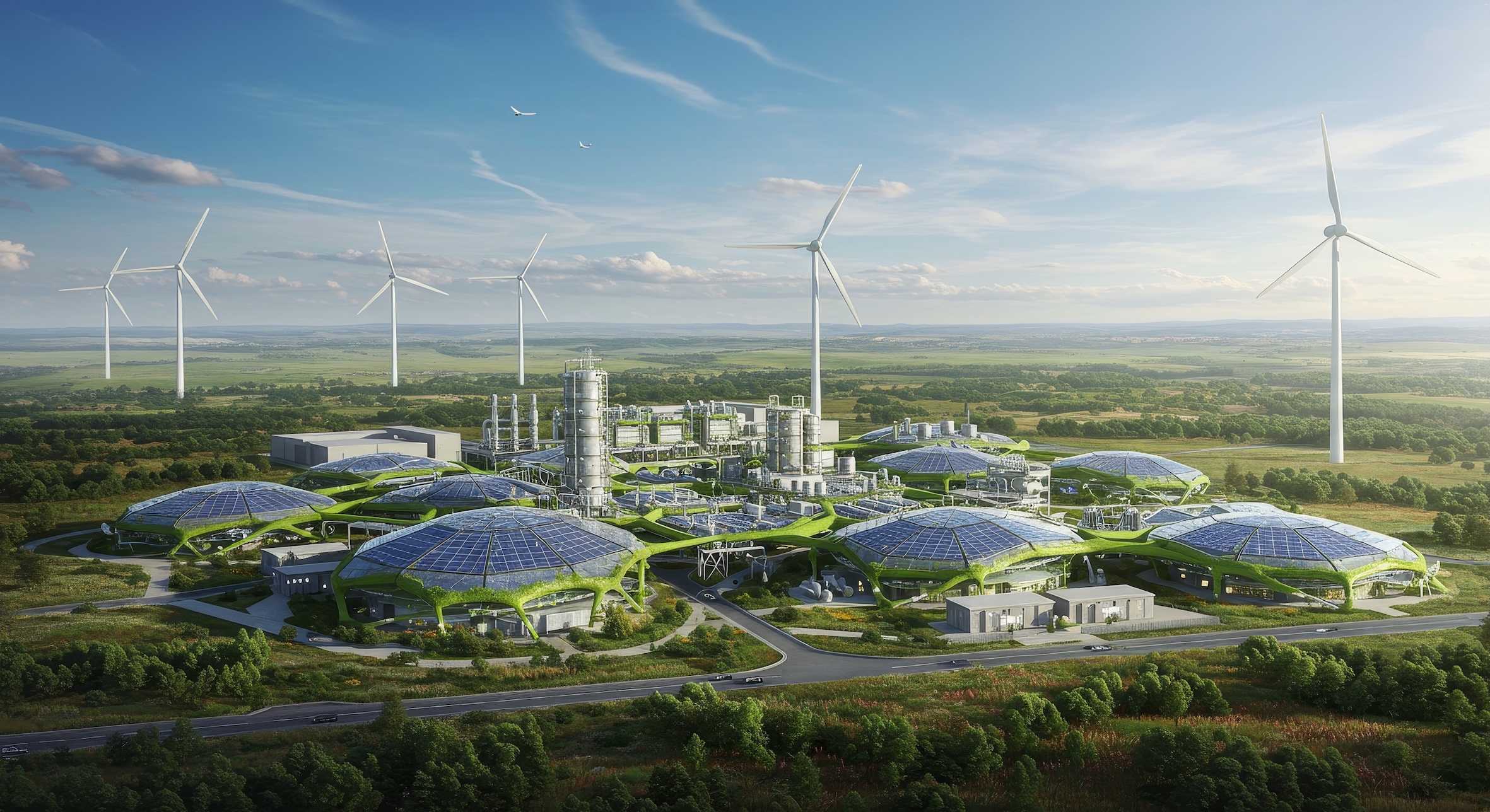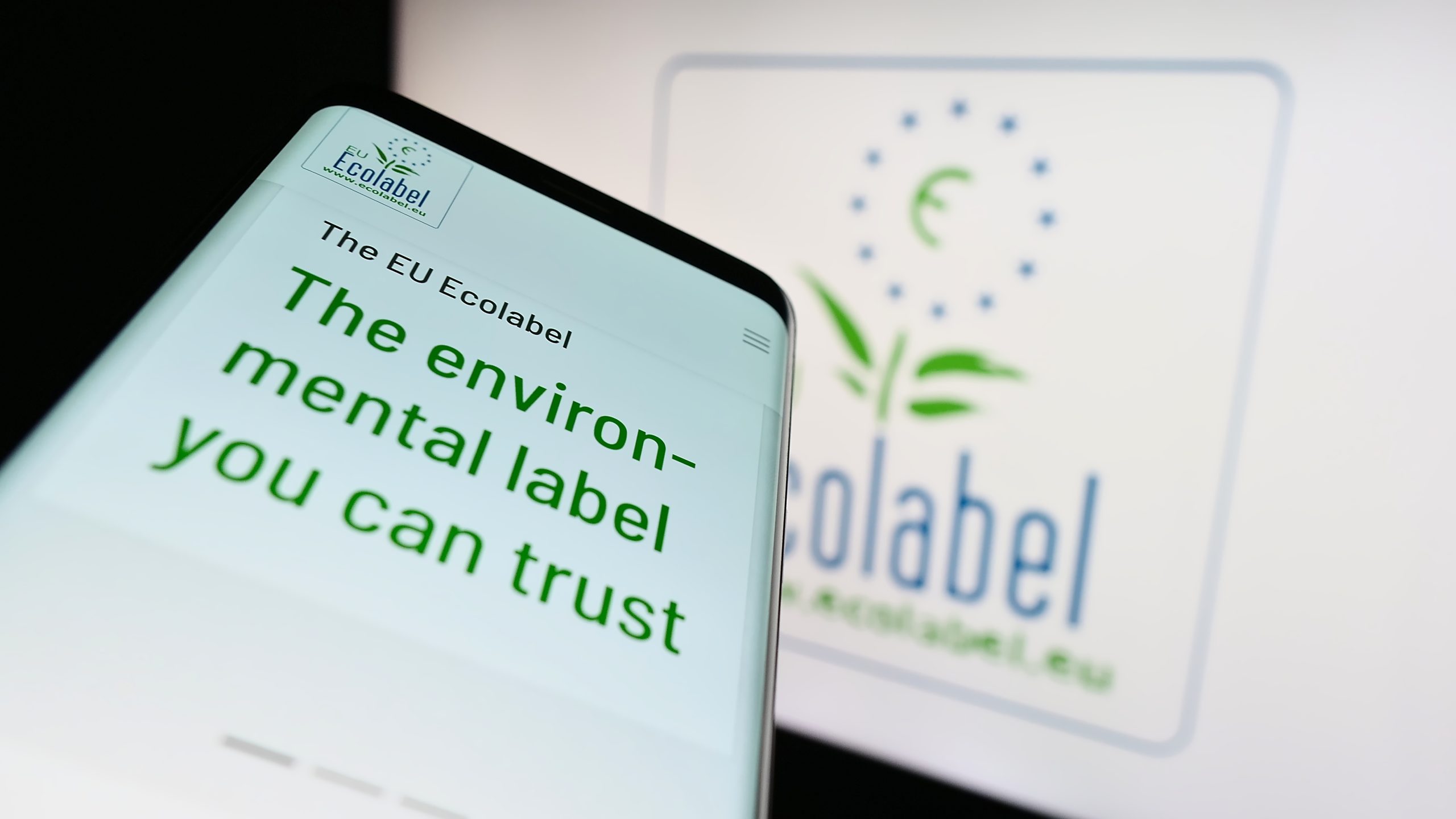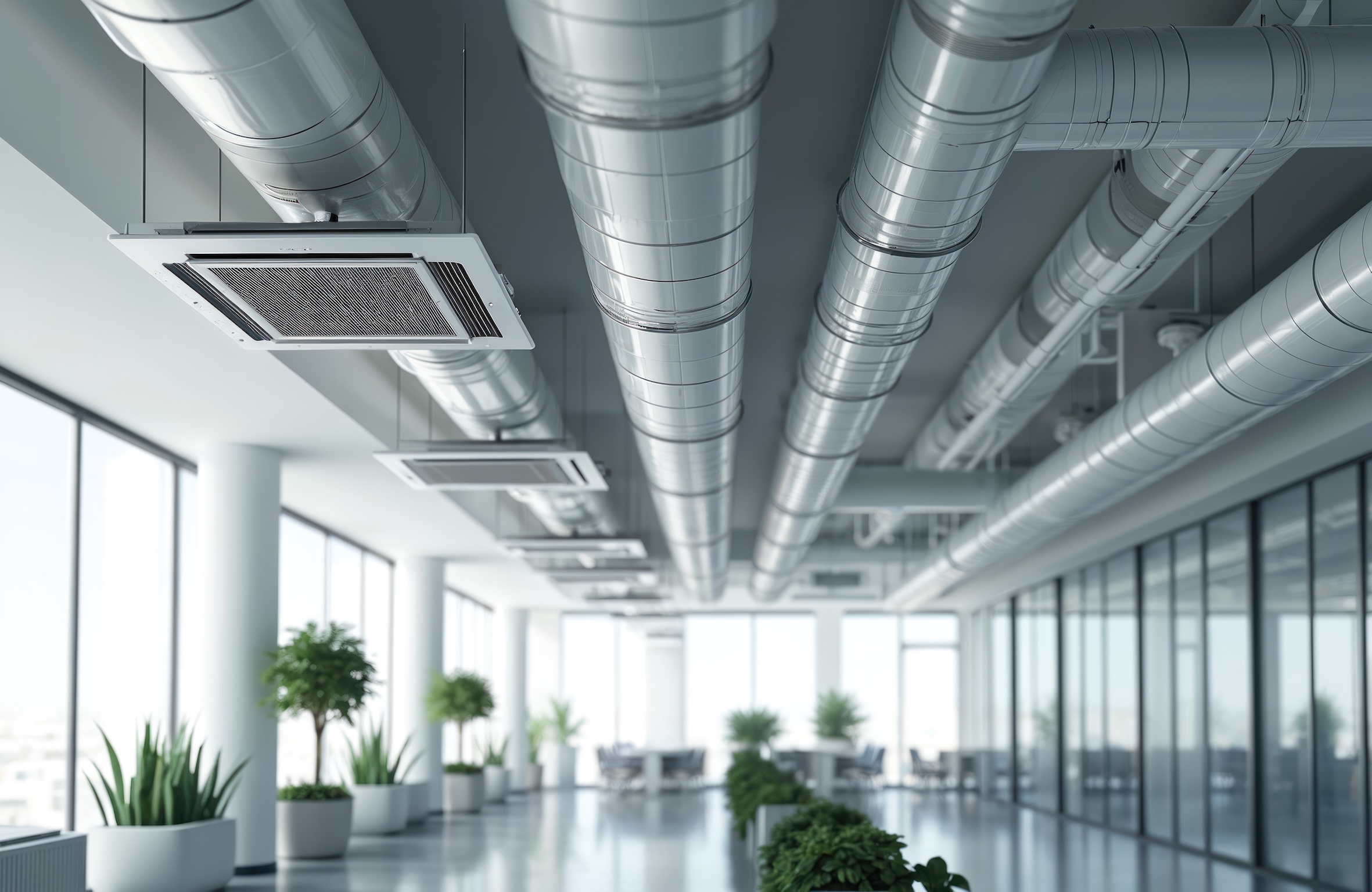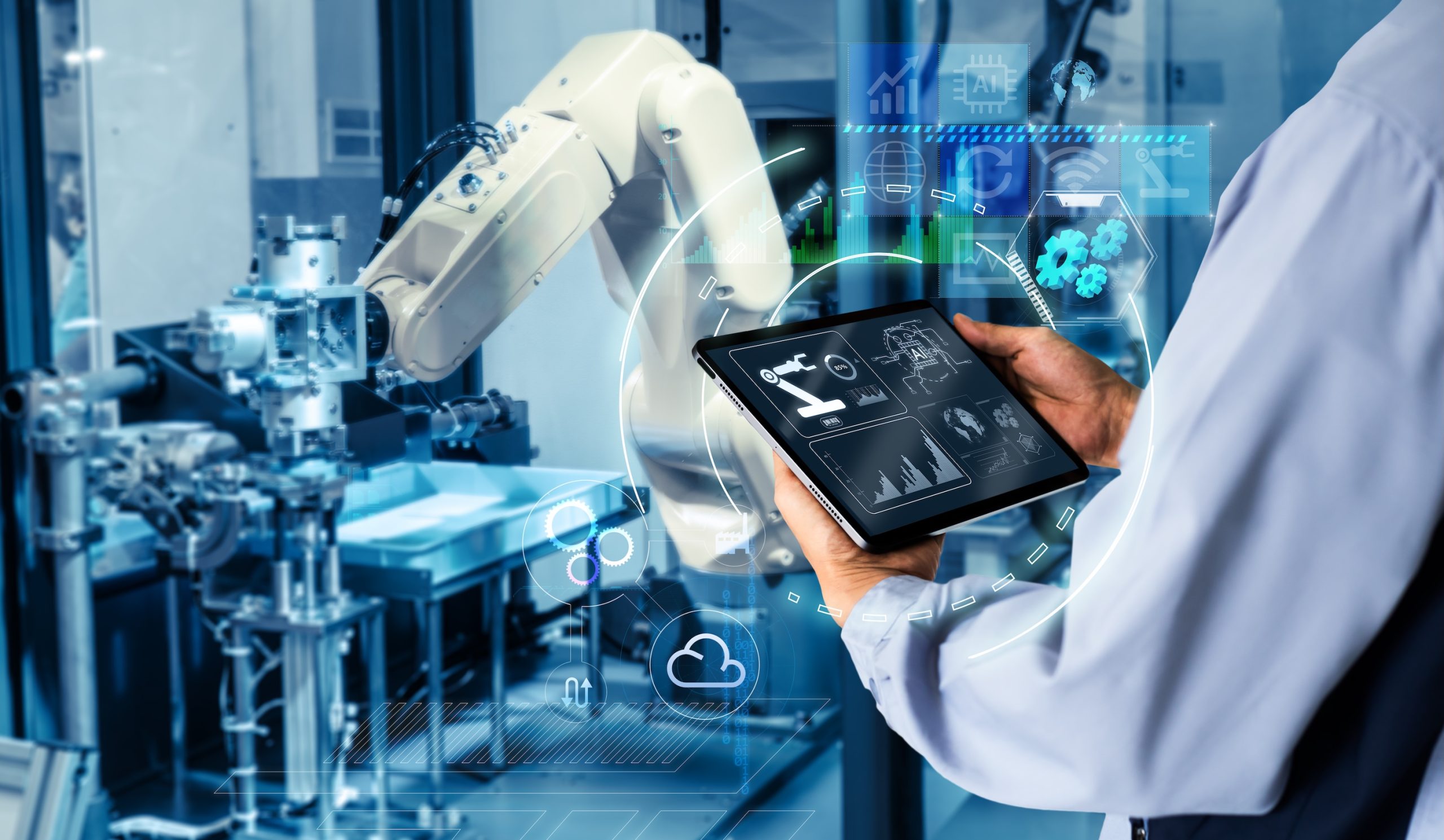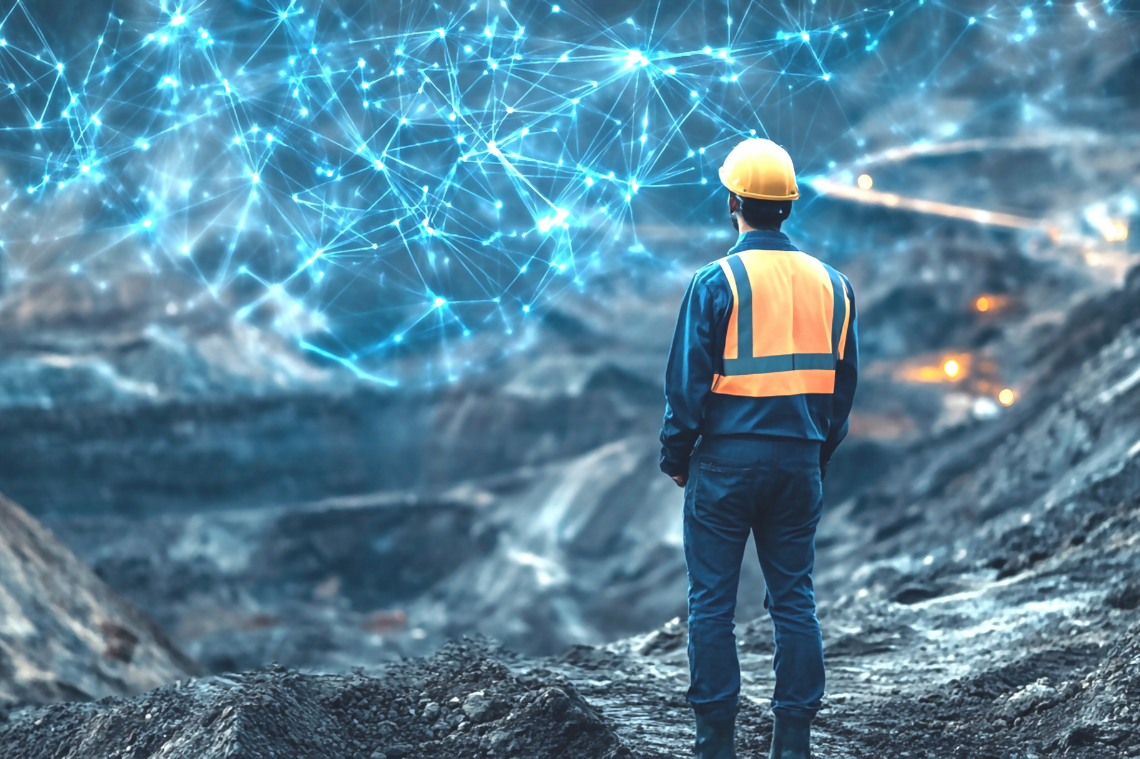With the growth and success of artificial intelligence (AI), society is caught up in an unprecedented whirl of innovation that is dramatically changing the face of the work world, and, to a certain extent, also our personal lives.
The technological revolution is bringing sweeping changes to all business sectors, including the cleaning segment. Brooms, buckets and rags have given way to autonomous robots able to carry out several different tasks, access tight corners and hard-to-reach spots, lower consumption levels, raise security, and even detect signs and plan future activities.
Machinery that works alone
Artificial intelligence has elevated cleaning services to unimaginable heights of efficiency. Today cleaning equipment is capable of completing relatively complex cleaning operations without human intervention thanks to cameras, sensors and cutting-edge machine-learning algorithms capable of processing their experience as they work and adapting to boost their performance.
This new technology creates smart robots that are perfectly able to map out their environment, identify any obstacles along the way and navigate the route independently, modifying their path in real time when necessary.
Artificial intelligence makes it possible to read a floorplan and analyse a room or hallway so as to decide how to clean all the surfaces while taking the shortest possible route. These clever robots expend greater effort on dirtier spots, conducting operations in the right order, reducing consumption and therefore, delivering a better outcome that is advantageous for everyone.
But it gets better still. Built-in sensors can detect dirt or debris, amongst other things, taking the initiative and engaging in immediate targeted actions to remove it.
Some examples of autonomous machines are:
- Scheuersaugroboter (Waschen, Kehren und Trocknen von Böden)
- Scrubber-dryer robots (they brush, scrub and dry floors)
- Industrial cleaning robots (they remove residue, oils, and sector-specific materials)
- Robotic vacuum cleaners (they suck up dust and debris from quite a large surface area)
- Robotic dusters and polishers (they lightly clean and polish surfaces)
- Drones (overhead cleaning work on roofs, solar panels, canopies and roofing from a height)
- Sanitising robots (they disinfect environments with UV rays and ozone)
- Robots for outdoor spaces, streets and roads (sweeping, waste collection and cleaning)
- Robots for high-risk environments (they execute cleaning jobs in sterile or hazardous places)
Each single piece of machinery serves a different purpose, and can be chosen accordingly to suit offices, airports, hospitals, shopping arcades, public areas, warehouses, industrial facilities or ordinary buildings.
Predicting the future: cleaning instruments and predictive maintenance
Artificial intelligence is able to detect when there are operational inefficiencies in cleaning operations. It analyses data on the conditions of the environment and the services rendered, and not only does it optimise procedures, it can even predict (as previously mentioned) when the cleaning machinery might have problems and need maintenance.
Artificial intelligence interprets data and establishes when a piece of equipment needs to undergo maintenance. There are three key advantages to being able to “look ahead”. Firstly, it keeps downtime to a minimum, secondly it lowers operational expenses and lastly, it prolongs the robot’s lifespan.
Optimisation of resources and consumption thanks to artificial intelligence
Resources are a cost for your business and must be kept under control, but it is equally important to see things from an environmental standpoint. Artificial intelligence gathers data on electricity, water and detergent consumption, indicating exactly the right amount required for the cleaning operations. In practice, it does away with waste.
Safety on the workplace
Robots can be used to deal with high-risk or hazardous duties, avoiding the need to expose workers to possible injury or contaminants. For instance, robots can operate in hostile environments where there are substances harmful to human health.
The processing power of artificial intelligence and its ability to learn from previous experience can be used to predict the circumstances in which accidents might be likely.
AI and the operational revolution in the sector
The advent of artificial intelligence has caused a sea change in the professional-cleaning sector. Technology has become an intrinsic part of day-to-day routine and ordinary work operations. Firms have found just the right partner to help them gain a competitive edge and stay on top of the market. The question is what will happen to the people who are being replaced by machines. They will undoubtedly be retrained by virtual assistants using augmented-reality.
